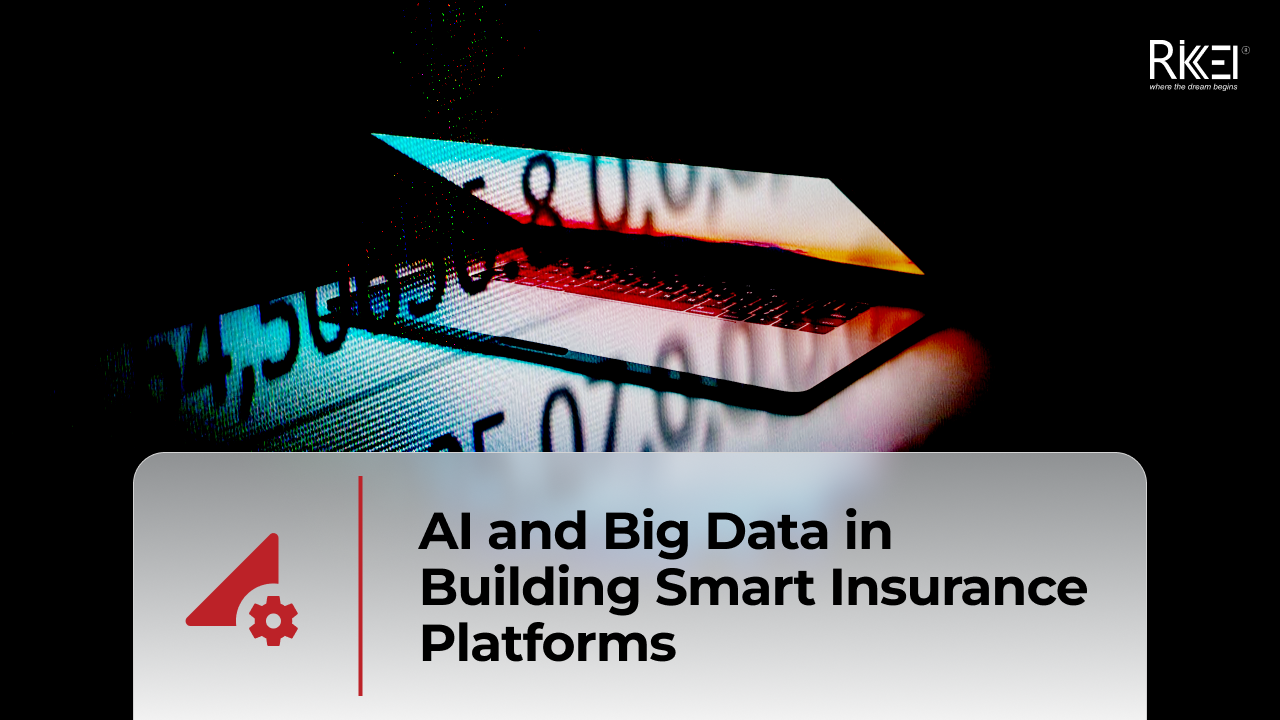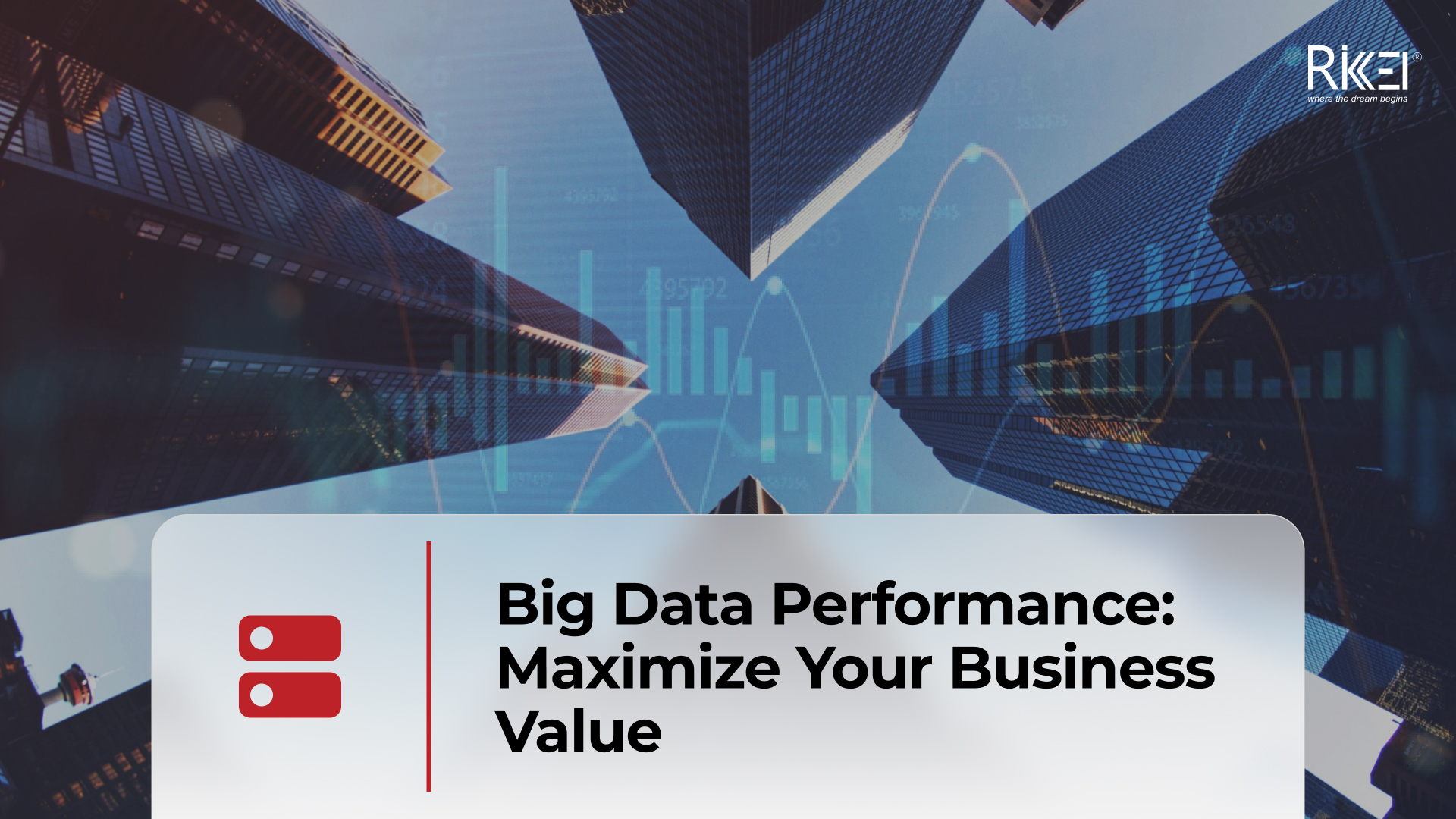Data-Driven Customer Experience: Guide For The Best Strategy
Contents
In the age of data, customers’ needs have evolved – it’s all about personalization. Data-driven customer experience is the solution to tailor every interaction. But how can you do it?
In this blog, we’ll show you the way. With data-driven customer experience, you can anticipate customer desires and deliver personalized interactions to drive more sales. Continue reading to learn more!
What Is Data-Driven Customer Experience?
Data-driven customer experience can enhance interactions between businesses and customers – Image Source: Pixabay
Data-driven customer experience refers to using data and analytics to enhance and personalize interactions between businesses and their customers. This approach leverages information gathered from various sources, such as customer behavior, preferences, and feedback, to make informed decisions and tailor the customer journey.
Below are the key aspects of data-driven customer experience.
- Data Collection: Gather customer data from various sources, such as online interactions, transactions, social media, surveys, and more.
- Data Analysis: Employ data analytics and tools to process and derive insights from the collected data. This can involve identifying patterns, trends, and correlations.
- Customer Segmentation: Grouping customers into segments or personas based on shared characteristics, behaviors, and preferences helps create more targeted experiences.
- Personalization: Use customer data to personalize interactions, such as recommending products or content, tailor marketing messages, or customize user interfaces to match individual preferences.
- Predictive Analytics: Utilize predictive models and algorithms to anticipate customer needs and behaviors, allowing for proactive responses and solutions.
- Feedback And Iteration: Continuously gather customer feedback and use it to refine and improve the customer experience. This feedback loop helps in making data-driven adjustments to serve customers better.
- Measurement And KPIs: Defining and tracking Key Performance Indicators (KPIs) to assess the effectiveness of the data-driven customer experience strategy. This can include metrics like customer satisfaction, conversion rates, and customer retention.
By analyzing data, companies can better understand their customers, predict their needs, and offer more relevant and timely solutions. It allows businesses to create personalized marketing campaigns, optimize customer support, and improve product recommendations, ultimately leading to increased customer satisfaction and loyalty.
Moreover, data-driven customer experience fosters a culture of continuous improvement, as companies can adapt their strategies based on real-time data. This allows them to stay responsive to changing market conditions and customer demands.
For example, in the e-commerce field, data-driven customer experience is exemplified through personalized product recommendations. Companies like Amazon utilize a customer’s browsing history and purchase behavior to suggest products they are likely to be interested in, creating a tailored shopping experience.
How To Develop Data-Driven Customer Experience
Organizations should choose the appropriate data first – Image Source: Pixabay
Developing data-driven customer experience is crucial for businesses looking to create personalized, efficient, and effective interactions with their customers. This guide outlines the steps to build a data-driven customer experience strategy.
Step 1: Choose And Acquire The Appropriate Data
The foundation of data-driven customer experience lies in the careful selection and capture of pertinent data. It’s imperative to identify and collect the most relevant data that holds the potential to enhance your customer interactions.
This data can encompass demographic information, purchasing history, online behaviors, and invaluable customer feedback. Ensuring that the data is accurate, up-to-date, and of high quality is paramount.
Step 2: Embrace A Comprehensive Approach Cultivate Flexibility To Data Analysis
It’s crucial to take a holistic approach to extract meaningful insights from your data. This involves integrating and analyzing data from various sources, encompassing both quantitative and qualitative information.
By examining the data collectively, you can uncover patterns and trends that remain concealed when viewed in isolation. This comprehensive perspective empowers you to make informed decisions, refine your customer experience strategy, and enhance customer satisfaction.
Step 3: Cultivate Flexibility
Agility is key in the fast-paced world of customer experience. Being agile means staying flexible and responsive to changing customer preferences. Data is your compass, guiding you to real-time insights. Utilize these insights to adapt swiftly and effectively, meeting the evolving needs of your customers.
For instance, consider an e-commerce company that tracks real-time customer behaviors on their website. If they notice a sudden surge in searches for a specific product or category, an agile response might involve promptly adjusting their homepage to feature those items prominently and launching a targeted email campaign.
As you can see, an agile approach ensures that you consistently deliver what your customers want, thereby staying ahead of the competition.
Step 4: Anticipate Customers’ Desires And Requirements (Without Presumptions)
Predictive analytics is a powerful tool for understanding your customers. Harness your data to forecast their desires and expectations, but exercise caution to avoid unfounded assumptions.
Analyze historical data to identify future trends and customer behavior patterns. This proactive approach enables you to anticipate and fulfill customer needs, creating a more personalized and satisfying experience while eliminating guesswork.
Step 5: Engage Customers Where They Frequent
A data-driven customer experience should be omni-channel, acknowledging that customers interact with your brand across various platforms. Identify the platforms and channels where your customers are most active, be it social media, email, mobile apps, or in-person interactions.
By establishing a presence on these platforms and providing a consistent experience, businesses can create seamless interactions, fostering customer loyalty and satisfaction. This approach ensures that customers can engage with the brand on their preferred channels, resulting in a more convenient and tailored experience that meets them where they are most comfortable.
Step 6: Convey Your Distinctive Value Proposition
Data insights can illuminate your unique selling points and competitive advantages. Utilize this data to pinpoint what distinguishes your business from competitors and underscore these strengths in your communication with customers.
Personalize your messages to highlight how your products or services cater to their individual needs, presenting a compelling value proposition. This tailored approach not only enhances the customer experience but also fosters customer loyalty and retention.
Step 7: Chart The Path Of The Customer’s Journey
Understanding your customers’ journey is essential for optimizing their experience. Use data to map their interactions with your brand, starting from initial awareness through to the point of purchase and beyond.
Pinpointing touchpoints and potential pain points in this journey will help the business design a smoother, more satisfying customer experience. This comprehensive mapping empowers companies to identify areas where improvements are needed, offering personalized solutions and addressing customer needs.
Step 8: Maintain Optimal Performance
While optimizing your data-driven approach, maintaining top-tier performance is paramount. Never compromise the efficiency and effectiveness of your systems and processes. Leverage data to streamline operations, boost overall efficiency, and optimize the performance of your business operations.
For example, an e-commerce company adopting data-driven personalization features in its website should ensure that these new features do not slow down the website’s loading speed or disrupt the checkout process.
A well-functioning system is crucial for enhancing the customer experience. This is because it ensures a seamless and efficient journey for customers, ultimately leading to increased satisfaction and loyalty.
Step 9: Leverage Every Available Platform
A successful data-driven customer experience strategy extends across every platform where customers interact with your brand. Use data insights to tailor your approach to the unique characteristics of each platform, be it your website, mobile app, social media channels, or in-person interactions.
By providing a consistent and unified experience, you meet your customers’ expectations, regardless of the channel they choose to engage with. This approach not only enhances customer satisfaction but also solidifies your brand’s presence and reputation across diverse touchpoints.
Step 10: Hone And Enhance Your Strategies
A data-driven customer experience is an ongoing journey of refinement and optimization. Regularly evaluate the performance of your strategies, gather valuable feedback from your customers, and utilize data to make informed adjustments.
By consistently refining your customer experience strategies, you ensure they remain dynamic, relevant, and in sync with the ever-evolving landscape of customer expectations. These refinements are the key to delivering exceptional, personalized experiences that nurture long-term customer loyalty and drive overall business success.
Through continuous adaptation and improvement, your brand not only keeps pace with shifting customer preferences. It will also stay ahead of the competition, solidifying your position as a leader in customer-centric practices.
Frequently Asked Questions
Why Is Data Important In Customer Success?
Data is crucial to customer success because it provides insights into customer behavior, preferences, and needs. By analyzing data, businesses can tailor their strategies, anticipate issues, and proactively address customer concerns. This ultimately leads to higher customer satisfaction, retention, and long-term profitability, making data an essential tool for optimizing customer success efforts.
What Are The 4 Types Of Customer Experience?
Customer experiences can be categorized into four main types: Active, Reactive, Proactive, and Inactive. Active experiences are deliberately designed and managed. Reactive experiences involve responding to customer inquiries or issues. Proactive experiences focus on anticipating and addressing customer needs to enhance loyalty. Inactive experiences are unplanned or unmanaged but can still impact customer perceptions, even when not actively designed.
What Are The 4 Components Of Customer Experience?
Customer experience comprises four key components. Product or brand represents the quality and functionality of the offered product or service. Interaction involves how customers engage with a brand through various touchpoints. Environment encompasses the physical or digital surroundings of the customer experience. Emotional connection signifies the feelings and perceptions customers associate with the brand, which strongly influences their overall satisfaction and loyalty.
The Bottom Line
Data-driven customer experiences are the future. They empower businesses to connect with customers on a personal level. The insights gained from data help predict and meet customer needs.
As you delve into this evolving data landscape, remember to continuously refine and adapt your strategies. The customer-centric approach driven by data is your pathway to success. So, keep the data flowing, stay agile, and always strive to enhance the experiences you offer. It’s a journey worth taking, and the destination is a loyal, satisfied customer base and sustainable business growth.
More From Blog

October 28, 2025
Australia’s Fintech Revolution: Trends Shaping the Future of Digital Finance
Australia has emerged as one of the most dynamic fintech hubs in the Asia-Pacific region, driven by strong consumer demand for digital financial services, supportive government regulations, and the widespread adoption of innovative technologies. As the industry matures, the imperative for digital transformation has become unmistakable: fintechs and financial institutions alike are under pressure to […]

August 12, 2025
AI and Big Data in Building Smart Insurance Platforms
The insurance industry is now standing at a pivotal moment in its digital evolution. Traditional insurance models built on historical data analysis and reactive risk assessment are rapidly giving way to intelligent, predictive platforms powered by artificial intelligence and big data analytics. This transformation represents more than technological modernization; it’s a fundamental reimagining of how […]

July 23, 2025
Insurtech’s Game-Changing Trends: How AI and Digital Transformation Are Reshaping Insurance
The financial technology sector is experiencing unprecedented change, making it essential for business leaders and technology professionals to stay ahead of emerging innovations. Throughout 2025, insurance technology (insurtech) has emerged as a powerful catalyst for change, fundamentally altering how insurance providers conduct business, engage with clients, and assess risks. This technological evolution represents more than […]

April 4, 2024
Big Data Performance: Maximize Your Business Value
In today’s data-driven world, organizations are constantly generating and collecting immense amounts of data to understand their customers more deeply. This data, often referred to as “big data,” holds immense potential for organizations to seek opportunities and overcome challenges. But accessing and analyzing big data isn’t enough to have proper strategies; organizations must pay attention to […]

April 4, 2024
How Real-Time Data Analysis Empowers Your Business
In today’s fast-paced business landscape, the ability to quickly make data-driven decisions has become a key differentiator for success. Real-time data analysis, the process of analyzing data as soon as it’s generated, has emerged as a powerful tool to empower business across industries. By leveraging real-time data analysis, organizations can gain timely and actionable insights, […]

April 4, 2024
Differences Between Data Science and Computer Science
Data Science and Computer Science are distinct fields overlapping in certain areas but have different focuses and objectives. The article below will help you clearly understand the differences and the close connection between the two fields. What is Data Science? Data Science is an interdisciplinary field that combines scientific methods, processes, algorithms, and systems to […]

